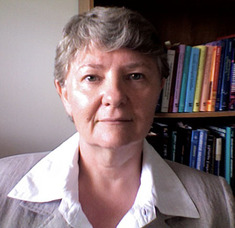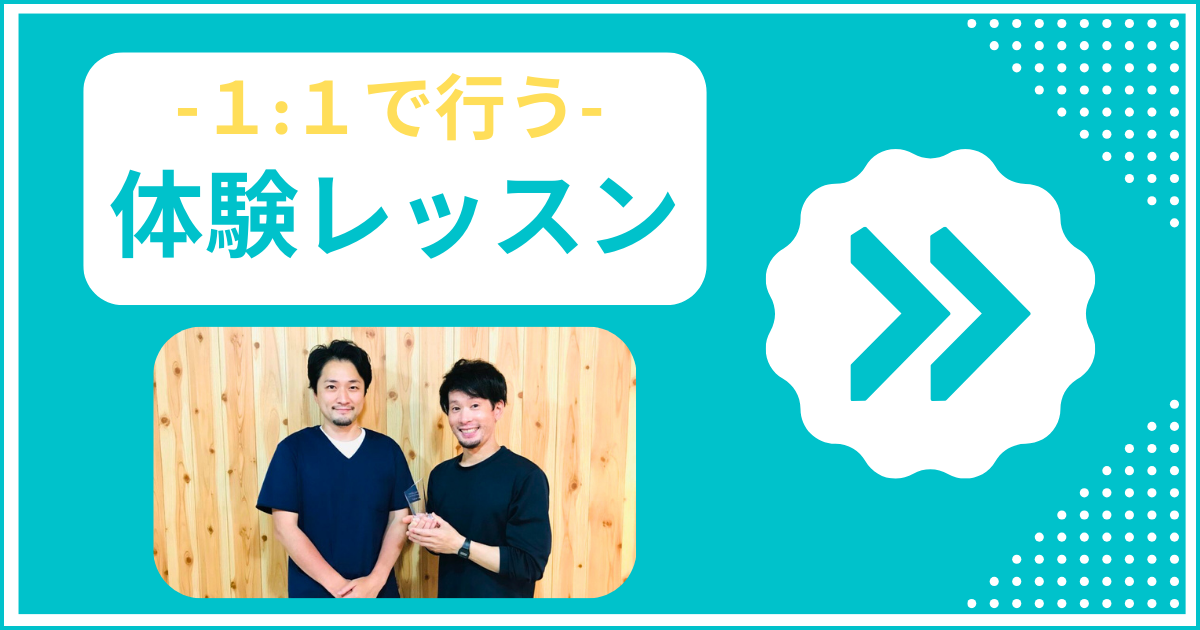
Dermo Neuro Modulating 創設者
Diane Jacobs
理学療法士
Sensible Solutions
Physiotherapy代表
1971年にカナダのサスカチュワン大学にて理学療法士免許取得。
2005年にDermo Neuro Modulatingを提唱。
2008年より6年間、カナダ理学療法学会疼痛科学部門のExecutiveとして活動し、カナダの理学療法における疼痛科学の進歩に大きく貢献した。
これまでカナダ・アメリカ・フランス・スペイン・イギリス・イタリア・ノルウェー・オーストリア・ニュージーランド・ブラジル・台湾等の世界21カ国にてDNMの研修会を開催する。
全世界において21世紀のハンズオンセラピーと呼ばれるDNMの教育と、最新の科学の研鑽を今もなお行い、理学療法のみならず疼痛科学分野における重要なポストを担っている
◉著書
◉ダイアンから日本の皆様へ
私は1971年に理学療法士に認定され、1983年以降に徒手療法の研究をしました。
私は初めて、1994年に徒手療法家として独立し開業しました。
私は自分の仕事の技術面には満足していましたが、私が研究してきた様々な徒手療法システムに伴う説明には失望し、飽き飽きしていました。
ペインサイエンスは量と質の両方で拡大していますが、ほとんどの徒手療法の教師は、疼痛や神経系に関する新しい情報を取り入れていませんでした。彼らは、組織に対する施術の方法を教えてはいましたが、人間の神経系とやりとりする方法は教えていませんでした。
それはあたかも神経系が存在しないかのようでした!私は脊髄から皮膚に至るまで神経を研究しました。
私は脊髄路を学びました。私は脳がどのように皮膚の神経受容器からの情報を扱うのかを学びました。私は身体内に72Kmもある末梢神経のケアと栄養について、また、定期的に神経を動かすことは健康になり、健康を維持することに役立つこと、そして神経生理学について学びました。
人間の神経系は全身のわずか約2%を構成し、秒速120m(時速431km)の速さで常に信号を送り、目覚めたり起きたりする私たちの生活の100%を実行し、昼と夜の間に利用できるグルコースと酸素の>25%を消費します。
私は研究の過程の中で、この神経系に大いなる敬意を払いました。私は自分の仕事が生まれ変わるのを感じました。
それは組織を押すことではなく、自己感覚と皮膚細胞との間に広がる神経全体である神経系との相互作用についてでした。
また他には、物理的な神経は、栄養摂取をして排出をするという意図を持っていること。そして神経が繋がっている脳に「危険」信号を送るのを止めることを助けるために、脳は脊髄に下行性調整を行う方法を見つけることができる事についてでした。
徒手療法のために新しい名前が必要でした。
一つには、徒手療法家として直接触れることができる唯一の部分であり、人間が持つ環境の物理的な境界であり、身体の最も外側の層であり、神経系全体を覆うことができる、皮膚の中で枝分かれする速い信号伝達システムの事です。
その新しい名前「Dermo Neuro Modulating」は、2000年代半ばに生まれました。
私はそれを以前には教えていませんでしたが、2007年にワークショップを始めました。
DNMは日本を含め、世界中の多くの国に広まっており、現在、多くの人々が彼らのワークショップの一部として教えています。
私はShinにとても感謝しています。
人間の神経系への尊重が、徒手療法家の世界に広がり続けてくれること、そして私たちの手による仕事に助けを求める全ての人々の神経系に向かうことを願っています。
ダイアン・ジェイコブス
<英語本文>
I became a licensed physiotherapist in 1971, and studied manual therapy from 1983 onward. In 1994 I opened my first solo practice, with manual therapy the core feature. I was happy with the technical side of my work, but became frustrated and bored with the explanations that had come with various manual therapy systems I had studied. Pain science was exploding in both quantity and quality, yet most manual therapy teachers were not incorporating new information about pain, or the nervous system. They were teaching operative moves upon tissue, but not how to interact with a human nervous system. It was as if the nervous system did not even exist!
I studied nerves, traced them from the spinal cord to the skin. I learned spinal cord pathways. I learned how the brain handles information from neural receptors in skin. I learned about nerve physiology, and the care and feeding of the 72 km of peripheral nerve in the body, that moving nerves regularly helped them become healthy and stay healthy. In the process, I developed a massive amount of respect for the human nervous system, which comprises only about 2% of the entire body, signals to itself constantly at 431 km/hour or 120 meters/second, runs 100% of our lives, waking or sleeping, and to do so consumes 25% of all available glucose and oxygen, day and night. I felt renewal with my work – it was not about pushing on tissue, it was about interacting with nervous systems, entire nervous systems that span the distance between skin cell and sense of self, in each of us. It was about having the intention to feed and drain physical nerves, to help them stop signaling “danger” to the brain with which they connected, so the brain could find a way to deploy descending modulation to the spinal cord.
A new name for manual therapy was needed, one that could encompass the entire nervous system, the fast signalling system that branched right into skin, the outermost layer of the body, the physical boundary a person has with their environment, and the only part we can directly touch as manual therapists. The new name, “dermoneuromodulating,” was born in the mid 2000’s. I had never taught before, but began teaching workshops in 2007. DNM has reached into many places in the world since, including Japan, and many other people now teach it as part of their workshop teaching.
I owe many thanks to Shin. I hope that respect for the human nervous system continues to spread in the world among manual therapists, and toward the nervous systems of all people who seek help from our hands-on work.
Diane Jacobs








